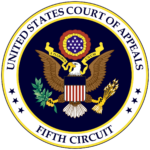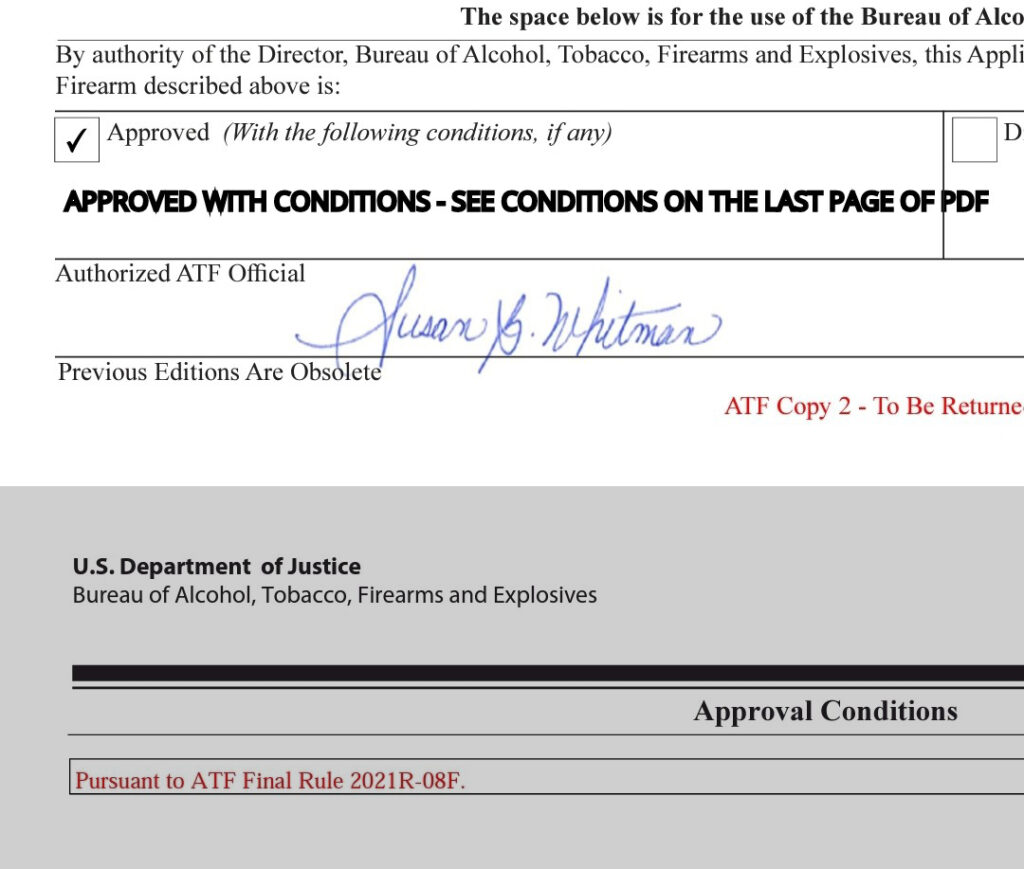 ATF Regulation 2021R-08F which effectively redefines arm-braces as butt-stocks for purposes of evaluating whether a firearm falls under the purview of the National Firearms Act (NFA), went into effect on January 31, 2023, and the amnesty period for compliance ends on May 31, 2023.
ATF Regulation 2021R-08F which effectively redefines arm-braces as butt-stocks for purposes of evaluating whether a firearm falls under the purview of the National Firearms Act (NFA), went into effect on January 31, 2023, and the amnesty period for compliance ends on May 31, 2023.
Many gun owners have not yet taken steps to comply with this regulation in the hope that one of the many legal challenges filed after the regulation was promulgated would result in a preliminary injunction.
One judge, in Texas, has denied such a request in the case of Mock v. Garland. See below for the full text of the opinion:
Download (PDF, 290KB)
Several key takeaways from the ruling by Judge:
1. The court feels the term ‘rifle’ is ambiguous, and the ATF has the authority to clarify ambiguous terms in the statutes it is charged with administering (NFA, GCA, etc.).
“Given that other courts have recognized ATF’s authority to interpret the statutes it has been charged with administering when there is an ambiguity, it is not substantially likely that the Final Rule exceeds the agency’s scope of authority on this basis as the statute includes ambiguous terms in its definition of rifle.”
2. The act of defining, or redefining, an ambiguous term in a statute that the ATF is charged with administering is not an act of ‘creating law’ but merely an extension of the agency’s power granted by the original statute and the Administrative Procedures Act.
“Plaintiffs argue that the Final Rule runs afoul of the Constitution’s procedural protections because it ‘is an unreasonable construction of statutory terms and a clear example of the Agencies unlawfully creating law’ and, if an agency has authority to issue legislative rules, ‘that authority requires a clear delegation from Congress.’ Based on the Court’s assessment above that the Final Rule interprets—but does not rewrite—the underlying statutes, the Court finds these arguments unavailing.”
Unfortunately, this ruling is consistent with what I, and many others in the legal community, expected when these legal challenges were mounted given the deference the courts grant to administrative agencies engaged in interpretive rulemaking.
While there are many legal challenges remaining, I would encourage my clients who have not yet acted to contact me to discuss the options available to them.



 On April 20, 2023, the United States District Court for the District of Columbia issued a disappointing ruling in the case of
On April 20, 2023, the United States District Court for the District of Columbia issued a disappointing ruling in the case of 






